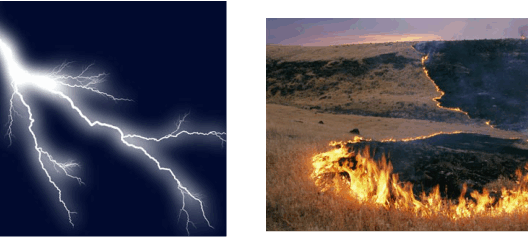The Northeast region of the United States, encompassing states such as Maine, New Hampshire, Vermont, Massachusetts, Rhode Island, Connecticut, New York, New Jersey, and Pennsylvania, exhibits a complex tapestry of climate and weather patterns. This region is characterized by a humid continental climate, marked by significant seasonal variations that shape the ecological and cultural landscape of the area. Understanding the nuances of the Northeast’s climate is crucial, as it not only influences daily life but also plays a vital role in the broader narrative of climate change.
The seasonal transitions in the Northeast create a distinct rhythm that locals have come to cherish. Winters are notoriously frigid and snowy, with average temperatures often plunging below freezing, particularly in northern states. The rugged terrain, especially in mountainous areas like the Adirondacks, contributes to severe snowfalls, making winter sports popular and vital to the local economy. However, the severity of winter can also lead to hazardous conditions, prompting discussions about the implications of climate variability on long-term weather patterns.
Spring presents a dramatic shift. As the snow melts, the region comes alive with vibrant flora and fauna. This season serves as a critical period for growth, where the warming temperatures stimulate a rejuvenation of plant life and migration of animal species. However, this vibrant scene can be deceptive. The region has witnessed anomalies, such as early blooms and uncharacteristic frost events, signaling potential shifts attributable to climate change. Such variations can disrupt the ecological balance, impacting agricultural cycles and local biodiversity.
As spring transitions into summer, the Northeast experiences a humid, subtropical influence, particularly in southern states. With temperatures frequently soaring into the 80s and 90s Fahrenheit, summer is an inviting season for outdoor activities. The northeastern coastline offers beautiful beaches, while the vibrant cultural scenes in cities flourish. However, this season is also marked by increasingly intense heat waves and erratic precipitation patterns. The increase in extreme weather events, ranging from thunderstorms to heavy downpours, raises concerns about the reliability of water resources and the impact on public health.
Autumn in the Northeast is often considered one of nature’s most spectacular showcases. The foliage transforms into a kaleidoscope of colors, drawing visitors from afar to witness this striking seasonal display. However, beneath this captivating exterior lies a tapestry of interdependencies within local ecosystems. The ripening of crops, such as apples and pumpkins, signals the onset of harvest festivities. Yet, with the changing climate, there are indications of shifting bloom dates and potentially less robust harvests. These changes ripple through the agricultural sector, threatening food security and local economies dependent on tourism.
Each of the four seasons not only contributes to the aesthetic allure of the Northeast but also poses significant challenges. The region’s susceptibility to severe weather events, including blizzards, hurricanes, and flooding, has led to increased vulnerability, particularly for coastal areas. The geography of the Northeast, with its proximity to the Atlantic Ocean, exacerbates the impact of rising sea levels and storm surges, calling attention to the dire need for proactive climate adaptation strategies.
One glaring observation about the Northeast’s climate is the growing disparity between historical weather patterns and contemporary experiences. The increasing erraticism in seasonal weather—such as unexpected heat waves in spring or prolonged winters—challenges residents’ expectations and preparedness. These fluctuations often yield unforeseen consequences, such as the onset of pests and diseases that thrive in newly warm climates, impacting both human health and agricultural stability.
Moreover, the region’s urban centers, such as New York City and Boston, confront their own unique climate issues. These metropolises grapple with the urban heat island effect, wherein concrete and asphalt absorb and retain heat, resulting in significantly warmer local temperatures compared to surrounding rural areas. This phenomenon amplifies energy demands and exacerbates health risks for vulnerable populations. Accordingly, urban planners are increasingly prioritizing green spaces and sustainable infrastructure to mitigate these adverse effects while enhancing resilience against future climate impacts.
The conversation surrounding the climate of the Northeast is more than a matter of meteorological interest; it encapsulates profound implications for its communities, ecosystems, and economy. It prompts stakeholders—from policymakers to educators—to reflect on their environmental practices and the imperatives of sustainable living. The collective response to climate change in this diverse region reveals not only the interconnectedness of its people with the land but also the necessity of engaging in deeper dialogues about preservation and stewardship.
As we face a world in flux, the Northeast serves as a critical case study in climate resilience. Understanding its weather patterns and climate challenges fosters a broader awareness of our intertwined global destiny. Climate action is not merely an option; it has transformed into an urgent necessity that demands attention and resolve. The experience of the Northeast underscores the myriad factors at play within climate systems and encourages a comprehensive approach that honors both the natural world and the communities that inhabit it.







